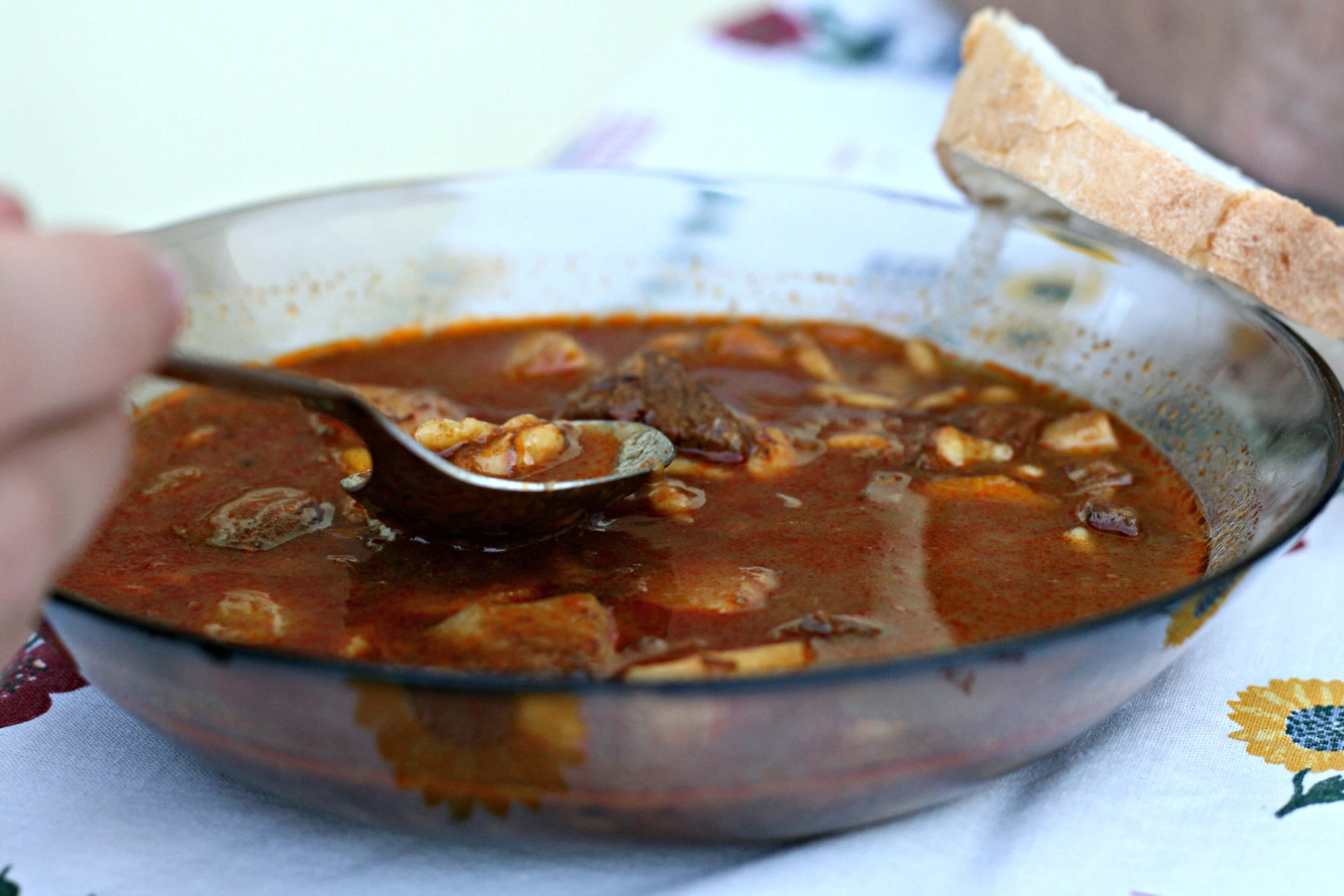
Gulyás: The Ultimate Hungarian Soup (Recipe)
4 minutes read
Gulyás is the one Hungarian dish that most people think they know. But their imagination of gulyás rarely resembled the real Hungarian thing. To start, true gulyás is not a stew. It’s a delicious soup, hearty enough to be a full meal.
It would seem as if there were no common element to tie all of those faux goulash’s together. But Károly Gundel, the famous early-20th-century Hungarian chef, writes in his classic Hungarian Cookery Book: “outside Hungary, almost all the dishes seasoned with paprika are labeled” as goulash. Indeed, paprika is a major ingredient in gulyás. But like many traditional Hungarian dishes, neither home cooks nor restaurant chefs take many liberties with it, other than adding a carrot, parsnip or wine.

So what is gulyás? As with many Hungarian recipes, you start by slowly sautéing chopped onions in fat (lard or oil). You don’t want the onions to brown, but rather to get clear and glassy, so cook them over the lowest heat possible. Stir in a few spoonfuls of sweet Hungarian paprika (being careful not to burn it, since it easily caramelizes in hot fat).
Next, add cubes of beef to the hot fat, and sauté them until they are browned. Add enough water to make a broth, and then cook the soup. Finally, add potato cubes and pinched pasta (csipetke) when the soup is nearly done. (If you were to continue cooking the meat without adding water or potatoes, the result would be pörkölt, a stew that is more like what non-Hungarians think of as goulash.)
In terms of the meat, it’s perfectly fine to use a lesser cut of beef, since if you cook it long enough, the soup will be just fine. In fact, you’d be wasting your money to use an expensive cut. Using several different cuts is ideal (George Lang’s recipe calls for an optional piece of beef heart). One chef I know always uses beef cheeks, which are wonderful in the soup.
Gulyás is an everyday dish served at every Hungarian restaurant, so simple to make that any Hungarian who cooks can do it. When the weather is warm, many people—including my husband, the dedicated gulyás maker in our household—cook it over an open fire in a bogrács (cauldron), which gives it a nice smoky flavor.

There are a few rules. Gulyás is customarily made with beef, but it can be made with mutton (in which case it is birkagulyás). Sour cream or flour are never added. Neither is hot paprika (although it is served at the table). Salt and pepper are the only essential seasonings. Gulyás’ general character is never questioned—and you’ll find essentially the same soup at a simple étkezde as you will at a Michelin starred restaurant.
But cooks do disagree on minor things. While Gundel’s recipe is bare-bones, my mother-in-law (like many cooks) adds dried marjoram, a small amount of garlic, a diced tomato and a chopped pepper. Author George Lang says never use any spice besides caraway, but early 20th century cookbook author Elek Magyar writes “do not add caraway seeds, as they spoil the touch.”
The word gulyás means cowboy, since according to Lang, the dish originated with ninth century shepherds who stewed their meat until all liquid disappeared, dried it in the sun, and “whenever they wanted food, they took out a piece of the dried meat, added some water and reheated it.” Gulyás remains a simple everyday meal, eaten with plain, white, thick-crusted bread. It’s best paired with a light Hungarian red wine, such as kadarka or kékfrankos.
Once you try the real thing, you’ll surely cringe (as I do) when you come across a gulyás (rather, goulash) recipe which is essentially a catch-all casserole recipe made of random ingredients.
Taste traditional Hungarian dishes on Taste Hungary’s Culinary Walk and Budapest Dinner Walk!

Hungarian Gulyás (Goulash)
1.5-3 hours This makes a very large pot of soup! If you’d like to freeze some of it, do it before adding the vegetables!Ingredients
- 3 tablespoons oil or lard
- 5 medium onions, diced
- 2 1/2 teaspoons salt
- 2 1/2 liters (2 1/2 quarts) water, plus a few extra spoonfuls
- 3 tablespoons Hungarian paprika (sweet)
- 1/2 teaspoon black pepper
- 1 tablespoon caraway seeds
- 1.5 kg (3 1/4 lbs) beef, chopped into bite-sized pieces
- 2 cloves of garlic, chopped
- 5 medium carrots, sliced into bite-sized rounds
- 2 medium parsnips, sliced into bite-sized rounds
- 2 large potatoes, cubed
- 2 tomatoes, diced
- Csipetke (pinched pasta), optional
Instructions
- Heat the oil or lard in a large pot (preferably a Dutch oven). Add the onions along with a few spoonfuls of water (so they don’t brown) and a pinch of the salt. Cook slowly over very low heat for about 15 to 20 minutes, or until the onions are clear and glassy.
- Remove from the heat and add the paprika, pepper, and caraway seeds. Stir quickly to combine and add a tiny bit of water (to prevent the paprika from burning).
- Add the meat and garlic and cook over high heat, stirring, until the meat is slightly browned (about ten minutes). Turn the heat down to low, add a few spoonfuls of water, and cook for about 15 more minutes, until the meat is nearly cooked through.
- Add the rest of the water and keep cooking, over low heat, for at least an hour, or until the meat is cooked and nearly tender enough to serve. This could take hours, depending on the cut of beef you used.
- When the meat is nearly done, add the tomatoes, carrots, parsnips, and potatoes and cook for about 15 more minutes, or until they are tender (being careful not to overcook them). Taste the soup and add more salt and pepper, if needed.
- If you are using csipetke or another kind of small pasta, add it to the soup before serving. You can serve this soup with hot pepper or hot pepper paste.
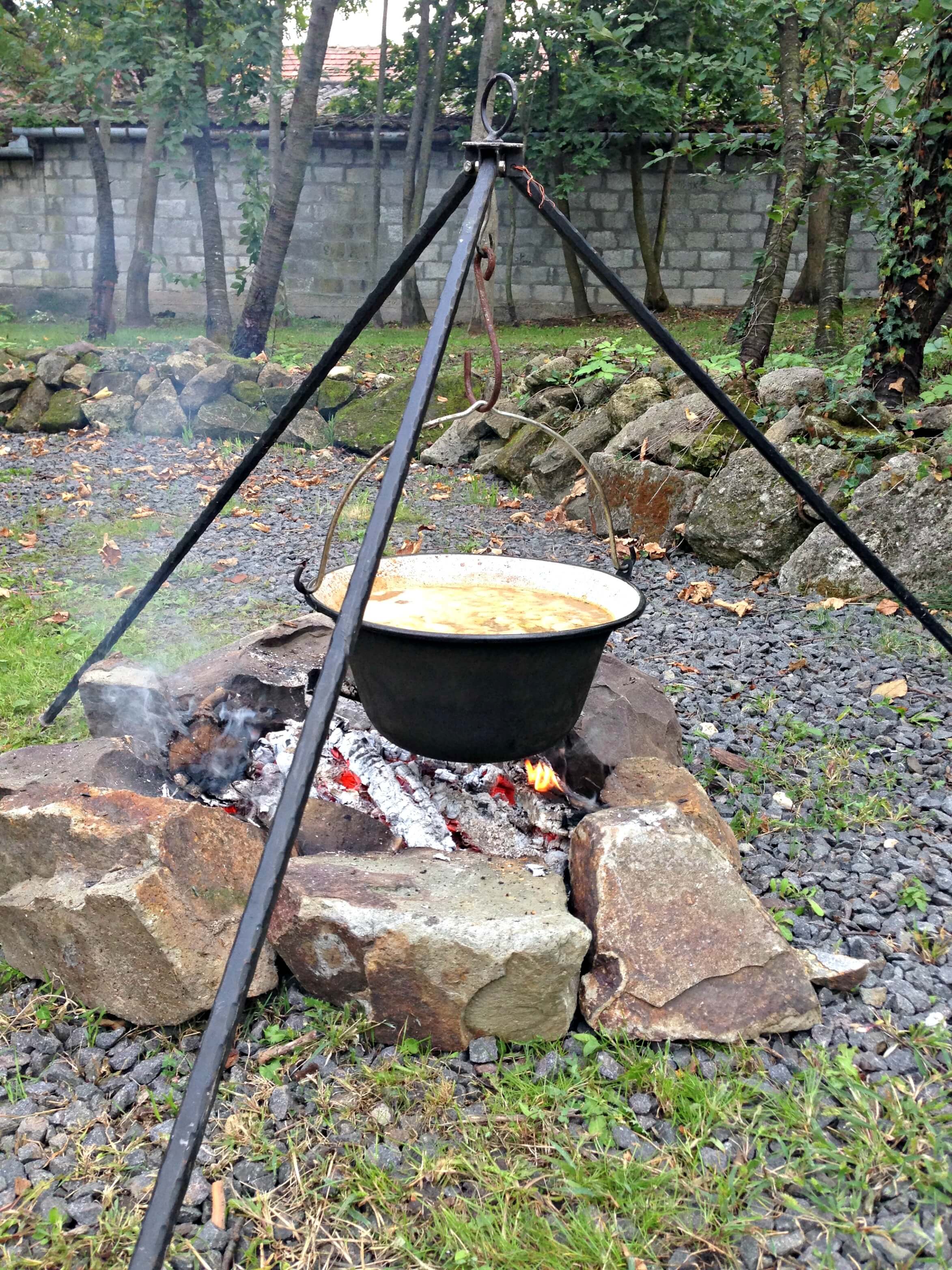


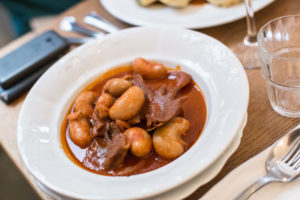
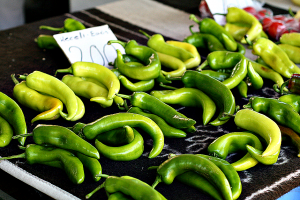
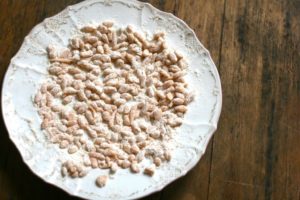




Comments(0)
Leave a comment!